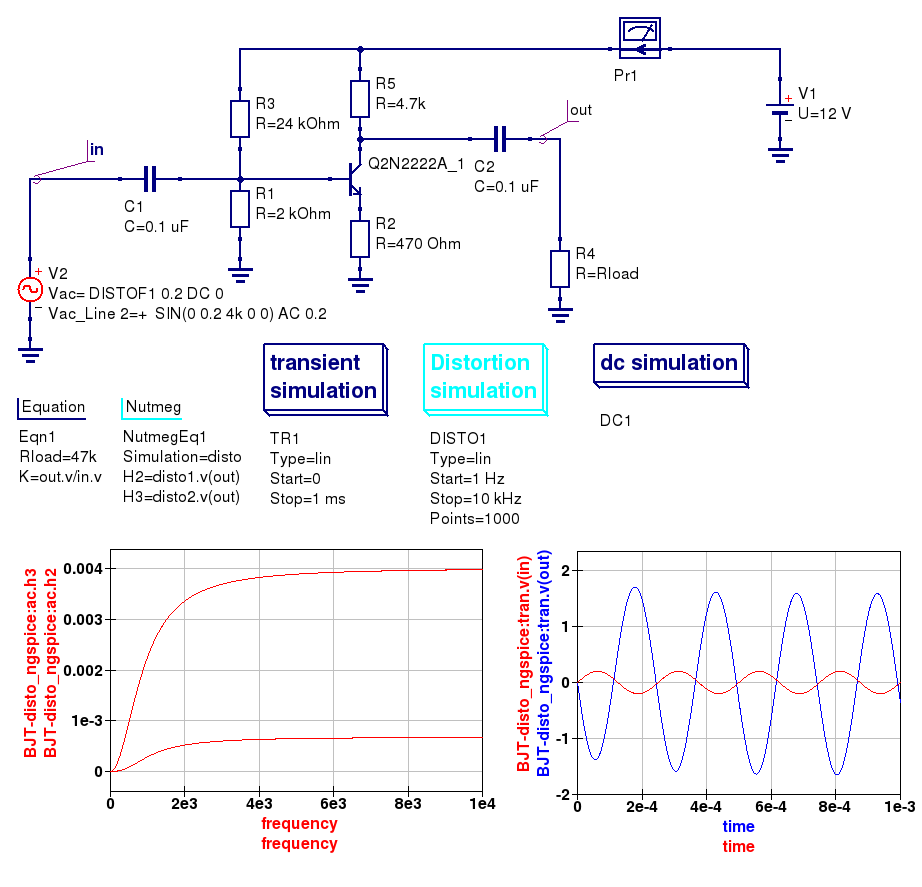

The resulting schematic will be as shown in the next figure.įigure 9 - Schematic with optimized values. They are now the initial values for each one of introducedīy clicking the "Copy current values to equation" button, an equation component defining all the optimization variables with the values of the "initial" column will be copied to the clipboard and can be pasted to the schematic after closing the optimization dialog. The best found circuit sizes can be found in the optimization dialog, in the Seconds on a modern computer, the best simulation results is shown in the The last step is to run the optimization, i.e. The resulting schematic is show in Figure 6.

The next step is to change the schematic, and define which circuit elements are Them into a single cost function, that is then minimized.įigure 5 - Optimization dialog, goals options. Identifiers placed into properties of components and not the components'įigure 4 - Optimization dialog, variables options.įinally, go to Goals where the optimization objective (maximize, minimize) andĬonstraints (less, greater, equal) are defined. In the Variables tab, defining which circuit elements will be chosen from theĪllowed range, as shown in Figure 4. Over- or underestimationĬan lead to a premature convergence of the optimizer to a local minimum or, a very longįigure 3 - Optimization dialog, algorithm options. Iterations', 'Constant F' and 'Crossing over factor'. From theĮxisting parameters, special attention should be paid to 'Maximum number of Now, open the optimization component and select the optimization tab. The schematic from Figure 1 and change it until you have the resulting schematic To setup a netlist for optimization two things must be added to the alreadyĮxisting netlist: insert equation(s) and the optimization component block. Optimization problem as a composition of functions, leading in this case to the

It can either be the delay or the rise time of a digital circuit, or Optimization of a circuit is nothing more than the minimization of a costįunction. Before using this functionality, ASCO must be installed
#Qucs simulation how to#
Simple flicker noise simulation for a BJT provided by Antonioġ838MHz PLL modelling including noise provided by M.J.For circuit optimization, Qucs uses the ASCO toolīrief description on how to prepare your schematic, execute and interprete the General purpose amplifier provided by John H. Simple example for "singleOPV.sch" (needs the circuit above to be run)Ī 50Hz notch filter realized with OpAmp gyratorĪudio amplifier provided by John H. Subcircuit of an small, internally compensated MOS OpAmp
#Qucs simulation series#
Shows voltage overshot of series resonance circuitĪctive 6th order Chebyshev low-pass filter Reverse gummel characteristic of a bipolar transistor Large-signal characteristic of a differential amplifierįorward gummel characteristic of a bipolar transistor Output characteristics of a bipolar transistor Simulation examplesĬollection of current mirror schematics using mos and bipolar If you want to share a schematic or circuit model do not hesitate to do so. (Qucs schematic files are plain text files!) All users of Qucs are invited to contribute to these examples.
#Qucs simulation download#
Here you can download some schematics to test with Qucs.


 0 kommentar(er)
0 kommentar(er)
